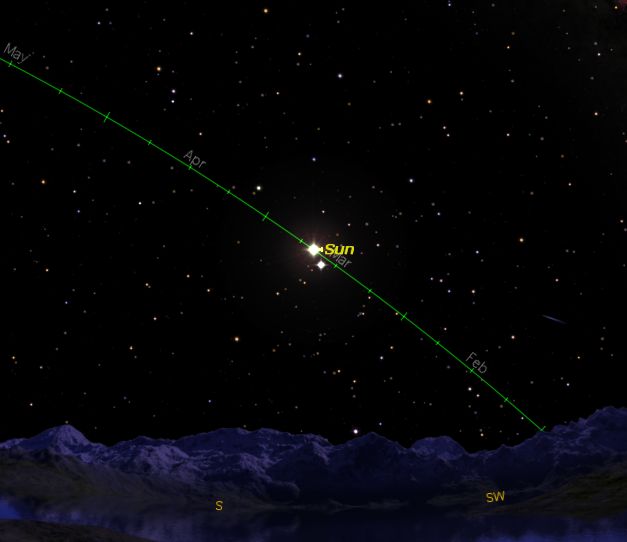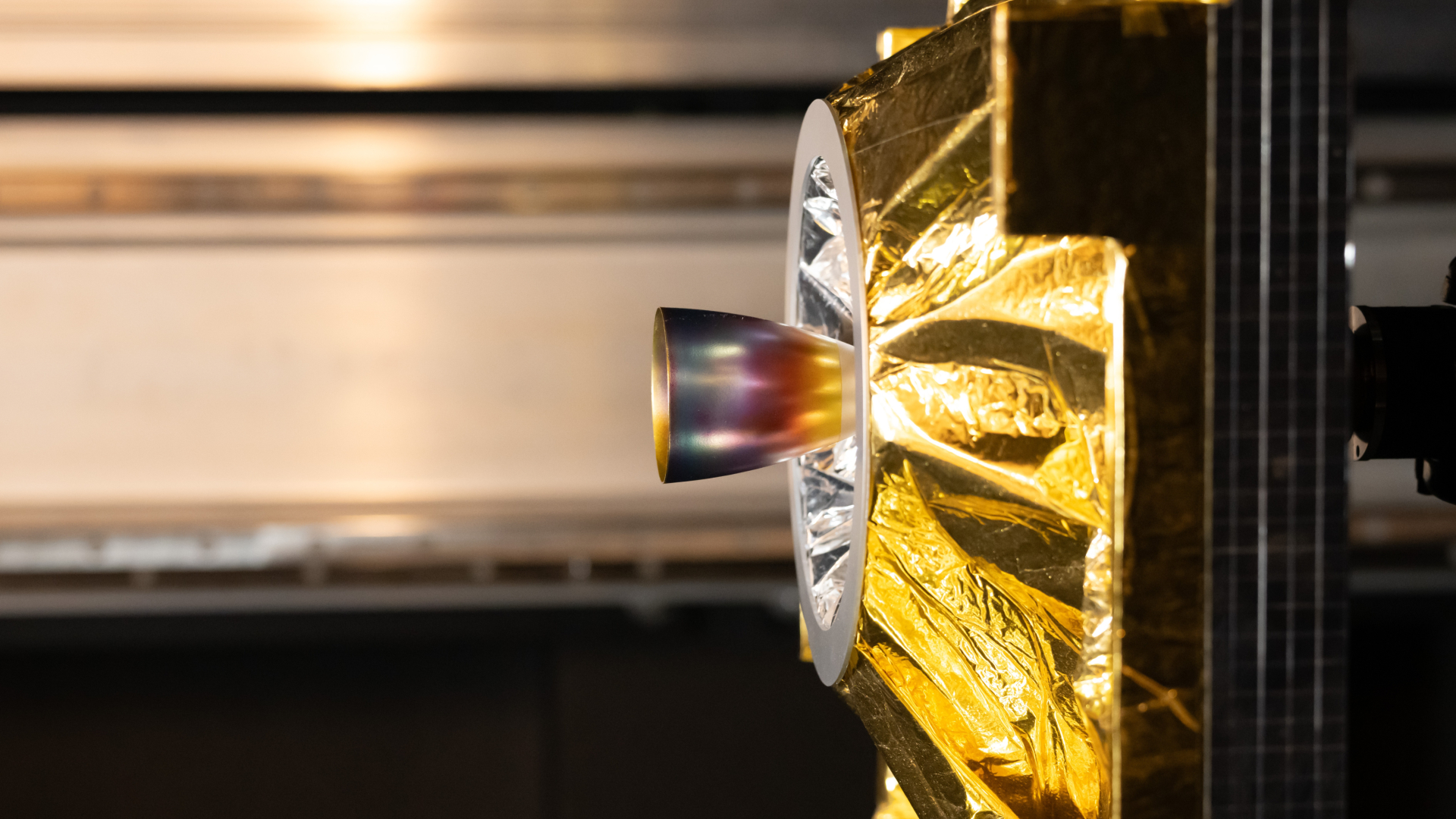Why Has Date Changed for Start of Spring?

Avid "Seinfeld" fans might remember the episode when Jerry's friend, George, was desperately trying to find a way to postpone his impending Christmastime wedding with his fiancee, Susan. He finally comes up with a solution:
"Have the wedding on March 21 - the first day of spring!"
Unfortunately, if George had gone through with the nuptials (and Seinfeld aficionados know why he never did), he would have been a full day late. You see, in America, spring no longer falls on March 21. In 2005, for instance, the vernal equinox, the first day of spring for the Northern Hemisphere, comes on Sunday, March 20 at 12:33 GMT, or 7:33 a.m. EST (4:33 a.m. PST).
Now this doesn't seem right. I mean, when we were all growing up, the first day of spring was always on March 21, not March 20, right? Now all of a sudden spring comes on March 20.
How did that happen?
While it's true that we've traditionally celebrated the beginning of spring on March 21, astronomers and calendar manufacturers alike now say that the spring season starts one day earlier, March 20, in all time zones in North America. Unheard of? Not if you look at the statistics. In fact, did you know that during the 20th Century, March 21 was actually the exception rather than the rule?
The vernal equinox landed on March 21, only 36 out of 100 years. And from 1981 to 2102, Americans will celebrate the first day of spring no later than March 20.
Breaking space news, the latest updates on rocket launches, skywatching events and more!
In the years 2008 and 2012, those living in Alaska, Hawaii and the Pacific, Mountain and Central time zones will see spring begin even earlier: on March 19. And in 2016, it will start on March 19 for the entire United States.
There are a few reasons why seasonal dates can vary from year to year.
- A year is not an even number of days and neither are the seasons. To try and achieve a value as close as possible to the exact length of the year, our Gregorian Calendar was constructed to give a close approximation to the tropical year which is the actual length of time it takes for the Earth to complete one orbit around the Sun. It eliminates leap days in century years not evenly divisible by 400, such 1700, 1800, and 2100, and millennium years that are divisible by 4,000, such as 8000 and 12000.
- Another reason is that the Earth's elliptical orbit is changing its orientation relative to the Sun (it skews), which causes the Earth's axis to constantly point in a different direction, called precession. Since the seasons are defined as beginning at strict 90-degree intervals, these positional changes affect the time Earth reaches each 90-degree location in its orbit around the Sun.
- The pull of gravity from the other planets also affects the location of the Earth in its orbit.
Winter | 88.994 days |
Spring | 92.758 days |
Summer | 93.651 days |
Autumn | 89.842 days |
| Date | Sunrise | Sunset | Day's Length |
March 17 | 6:05 a.m. | 6:05 p.m. | 12 hrs. 00 min. |
March 18 | 6:03 a.m. | 6:06 p.m. | 12 hrs. 03 min. |
March 19 | 6:02 a.m. | 6:07 p.m. | 12 hrs. 05 min. |
March 20 | 6:00 a.m. | 6:08 p.m. | 12 hrs. 08 min. |
- Full Moon Fever
- Astrophotography 101
- Sky Calendar & Moon Phases
- 10 Steps to Rewarding Stargazing
- Understanding the Ecliptic and the Zodiac
- False Dawn: All about the Zodiacal Light
- Reading Weather in the Sun, Moon and Stars
- How and Why the Night Sky Changes with the Seasons
- Night Sky Main Page: More Skywatching News & Features

Starry Night software brings the universe to your desktop. Map the sky from your location, or just sit back and let the cosmos come to you.
Joe Rao serves as an instructor and guest lecturer at New York's Hayden Planetarium. He writes about astronomy for The New York Times and other publications, and he is also an on-camera meteorologist for News 12 Westchester, New York.

Joe Rao is Space.com's skywatching columnist, as well as a veteran meteorologist and eclipse chaser who also serves as an instructor and guest lecturer at New York's Hayden Planetarium. He writes about astronomy for Natural History magazine, Sky & Telescope and other publications. Joe is an 8-time Emmy-nominated meteorologist who served the Putnam Valley region of New York for over 21 years. You can find him on Twitter and YouTube tracking lunar and solar eclipses, meteor showers and more. To find out Joe's latest project, visit him on Twitter.

